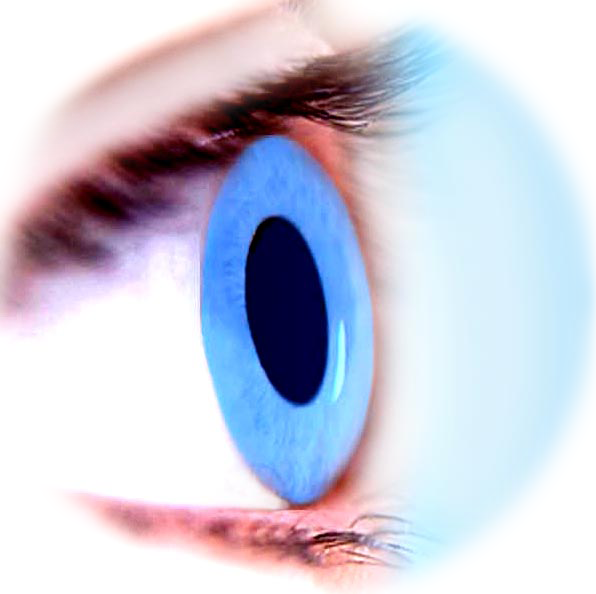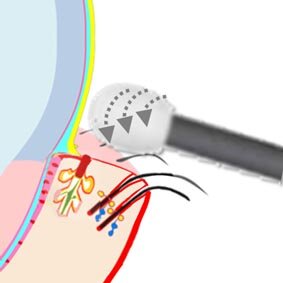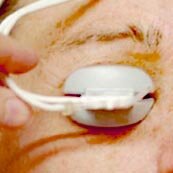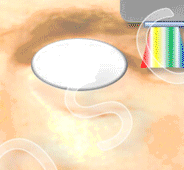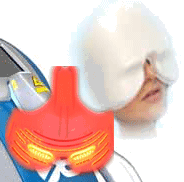Advantages of APPARATIVE device based therapy - Improvements typically occur more rapid and more effective
Various options are available for a device based therapy of dry eyes based on Meibomian gland dysfunction (MGD) with specialized devices
Devices are applied which may only be used in the medical practice.
Device based therapy typically shortens the time until a significant improvement in dry eye symptoms occurs.
Effective and often novel innovative therapy options are available, that are only possible with specialized devices in the medical practice.
=> here you will find a general overview of various options for eyelid therapy for dry eyes, Meibomian gland dysfunction, chronic blepharitis and Demodex hair mites
Options for apparative device based therapy in the Eye Doctor´s office
This means e.g. that single steps or the complete Physical EyeLid-Therapy (Warming, Massage, Hygiene) is no longer carried out manually once or twice a day by the patient himself as a Basic Therapy at Home. But instead, the respective therapy steps are performed in the eye doctor´s office by specialized devices, that can typically perform these tasks better, i.e. more effective, and/ or more rapid.
Second line therapy options
Second line device based therapies can be applied when first line home therapy by eyelid warming and massage with lid margin hygiene etc. were not sufficiently effective or when a more rapid and effective therapy is desired by the patient.
A simple but effective abrasive mechanical cleaning of the eye lid margin is achieved by a hand-held device with a rotary therapy head (BlephEx) that performs eyelid hygiene more effective and more rapid
Automated computer-controlled warming of the eyelids and expression of the blocked Meibomian oil glands inside the eyelids with the Lipiflow device.
A lack of oil on the tear film due to blocked Meibomian oil glands inside the eyelids is, according to current scientific knowledge, the main primary reason for dry eyes.
A single treatment with the Lipoflow thermal pulsation system can, according to studies, improve Meibomian gland function and the annoying symptoms of dry eye disease for a long time - without laborious daily eyelid warming and massage at home.
The application of light of a certain intensity and wavelength is a long-standing therapy option in dermatology, which can now also be useful in the treatment of Meibomian gland disorders.
Available methods for a light therapy are e.g.:
Intense Pulsed Light therapy (IPL) applies strong flashlight bursts around the eye
Low-Level-Light-Therapy (LLLT) uses colored light of lower intensity in a certain frequency range which is radiated over a larger area onto the facial skin via a face mask.
Third line therapy options
Third line therapy options are more invasive and challenging. They are typically only considered when the more or less automated second line therapies were insufficiently effective in an individual patient, which may depend on the severity of the condition, potential co-morbidities or other individual, environmental or unknown factors.
Surgical duct probing is a typical example in line because it requires considerable skill.
A needle-like metal probe is introduced through the orifice at the lid margin surface into the central gland duct of an obstructed Meibomian gland and is then pushed forward until a resistance is noticed and overcome. Such mechanical removal of obstructions has a certain inherent risk of wounding but is typically reported in studies to provide immediate improvement of symptoms.
Some options of Devices for Eyelid Therapy in the Eye Doctor´s office
=> ´Click´ on a picture leads to more information:
